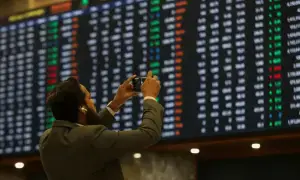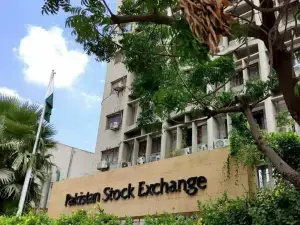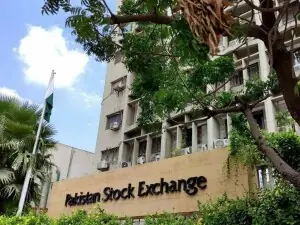The Australian dollar was the biggest mover on major currency markets on Thursday, jumping more than 1 percent after strong domestic jobs data while the US dollar struggled to build any momentum after a volatile week.
The Aussie has had a rough 18 months, falling to almost six-year lows as the end of a boom in mining investment cast doubt on the country's growth prospects. It faces new headwinds from signs that China, the main market for much of its output, is also slowing significantly.
But employment sped past expectations in March while jobs created in February were revised up sharply, prompting markets to scale back bets for another cut in interest rates.
"Despite a slowing China and depressed iron ore prices the Aussie remains reluctant to head lower for now," said Angus Campbell, senior analyst at online brokerage Fx Pro in London.
He said the jobs numbers were the main driver but that the Aussie had also benefited from broader strength in commodities on the back of a jump in oil prices.
"A number of traders are becoming more bullish on oil now that it has broken to fresh highs for the year and risen as much as 35 percent since January lows," he said.
The Aussie hit a peak of $0.7798 in morning trade in Europe before consolidating around $0.7782, up 1.3 percent on the day.
The euro has yo-yoed by up to 5 cents against the dollar this week, an expression of the doubts that have crept in to the US currency's year-long rally, which many banks say should eventually take it past parity with the euro for the first time since 2002.
Concerns over Greece and the fall in already meagre baseline returns on government bonds in Europe drove initial losses for the euro on Thursday before some renewed buying took it back above $1.07, up 0.4 percent on the day. Against a basket of currencies, the dollar was down 0.3 percent.
"There have been some negative signals on the US economy in the past few days and when you ally that to more positive numbers like those on Australian jobs, there is some pressure on the dollar," said Yujiro Goto, a strategist with Japanese bank Nomura.
"In terms of positioning, long dollars is also the most crowded. But clearly a gradual decline for the euro is still more likely. We have it at $1.05 for the end of the year but there are downside risks to that forecast."
BR100
16,307
Increased By
236.2 (1.47%)
BR30
51,537
Increased By
1163.4 (2.31%)
KSE100
157,953
Increased By
1775.7 (1.14%)
KSE30
48,199
Increased By
520.5 (1.09%)






















Comments
Comments are closed.